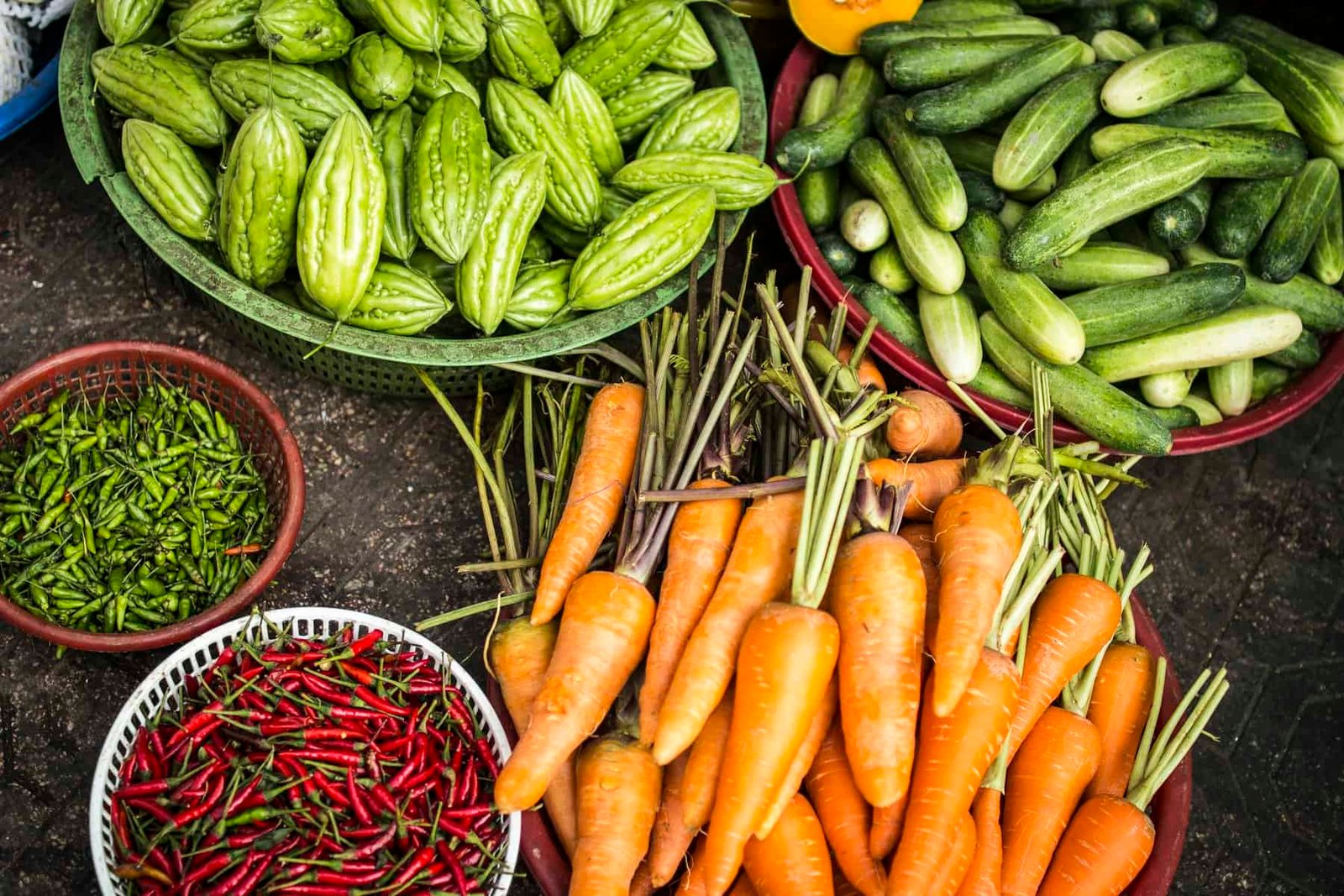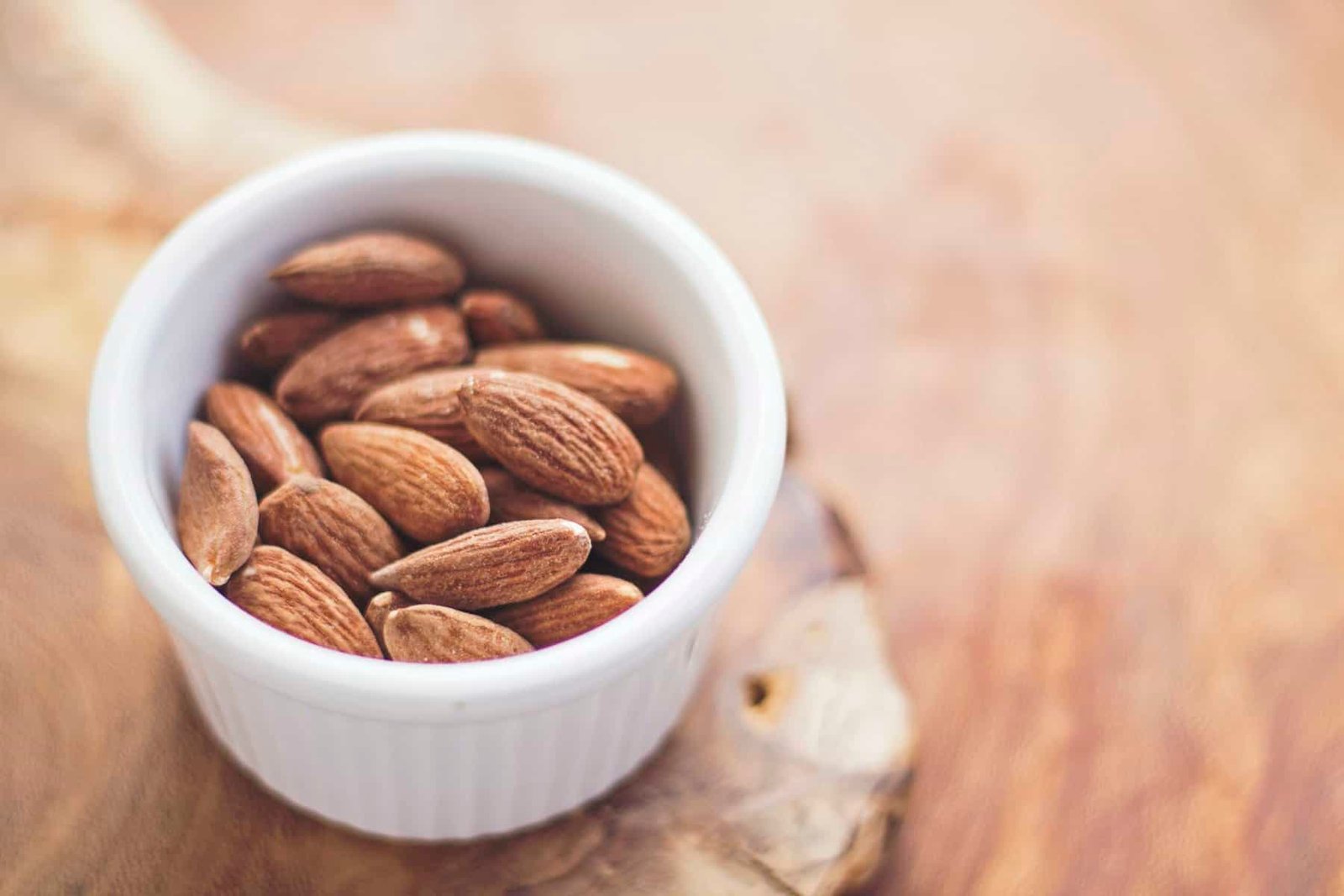Want to add a tasty twist to your recipes with nopal, but worried about it turning out slimy? We’ve got you covered! In this article, we’ll share some tried and true tips to help you prevent nopal from becoming slimy in your favorite dishes. So grab your apron and let’s get cooking without the goo!
Why does nopal become slimy?
Nopal, also known as prickly pear cactus, can sometimes become slimy when cooked. This slimy texture is attributed to a combination of factors including its high water content, the presence of mucilage, and the cooking methods used. Understanding these factors can help you prevent the sliminess and enjoy the unique flavors and nutritional benefits of nopal in your recipes.
High water content:
One of the main reasons why nopal can become slimy is its high water content. Nopales are made up of approximately 94% water, which can contribute to the release of a gel-like substance when cooked. This can make the texture of the nopales slimy and potentially affect the overall taste and presentation of your dish.
Presence of mucilage:
Nopal contains a natural substance called mucilage, which is a thick, sticky, and gelatinous substance found in various plants. Mucilage acts as a natural lubricant and plays a role in water storage in desert plants like the prickly pear cactus. However, when heated, the mucilage in nopal can become more pronounced and contribute to the slimy texture.
Cooking methods:
The cooking methods you choose can significantly impact the sliminess of nopal. Different techniques can help minimize or eliminate the slimy texture, allowing you to fully enjoy the flavor and nutritional benefits of nopal in your recipes.
Preparation Methods
To prevent nopal from becoming slimy, it’s crucial to follow the proper preparation methods before cooking. Here are some steps you can take to ensure your nopales turn out deliciously slime-free:
Choose fresh nopales:
Start by selecting fresh nopales from the market. Look for firm, vibrant green pads without any signs of mold or blemishes. Fresh nopales will have a crisp texture and are less likely to become slimy when cooked.
Clean and de-spine the nopales:
Thoroughly clean the nopales under cold running water to remove any dirt or debris. Using a sharp knife, carefully remove the thorns and spines from both sides of the nopales. Be cautious while handling the nopales to avoid any injury from their tiny spines.
Cutting the nopales:
Once clean and de-spined, you can cut the nopales into your desired shape and size. Some popular options include slicing them into strips, dicing them into cubes, or leaving them whole. Cutting the nopales into smaller pieces can help reduce the slimy texture during cooking.

Cooking Techniques
Now that you’ve properly prepared the nopales, it’s time to explore various cooking techniques that can help prevent the slimy texture. Here are a few methods you can try:
Boiling:
Boiling nopales in water is a common technique used to reduce the sliminess. Simply place the prepared nopales in a pot of boiling water and cook them for about 10-15 minutes. This helps remove some of the mucilage and excess water, resulting in a less slimy texture.
Roasting or grilling:
Another great option is to roast or grill the nopales. By exposing them to direct heat, you can enhance their natural flavors while reducing the sliminess. Brush the nopales with a little oil and cook them on a grill or in the oven until they are slightly charred on the edges. This method adds a delicious smoky flavor to the nopales and eliminates the slimy texture.
Stir-frying or sautéing:
Stir-frying or sautéing nopales can also help minimize the sliminess. Heat a small amount of oil in a frying pan or wok and add the prepared nopales. Quickly cook them over high heat, stirring continuously, until they are tender and slightly browned. This method allows some of the excess moisture to evaporate, resulting in a firmer and less slimy texture.
Baking:
Baking nopales is a convenient method that requires minimal effort. Simply place the prepared nopales on a baking sheet lined with parchment paper and bake them in a preheated oven at 375°F (190°C) for 15-20 minutes, or until they are soft and slightly golden. Baking helps dry out the nopales and reduces the slimy texture, resulting in a more enjoyable eating experience.
Additional Tips
In addition to the preparation and cooking methods, there are a few extra tips you can keep in mind to further prevent nopal from becoming slimy:
Using acidic ingredients:
Adding acidic ingredients, such as lime juice or vinegar, can help counteract the sliminess of nopal. The acid in these ingredients can react with the mucilage, reducing its ability to become overly slimy.
Adding cooking oil:
Using cooking oil, whether for sautéing or baking, can help create a protective barrier around the nopales. This helps prevent them from absorbing excess water and becoming slimy during the cooking process.
Avoiding overcooking:
Overcooking nopales can intensify the slimy texture. It’s essential to cook them until they are tender but still retain some firmness. Keep a close eye on the cooking time and test the texture frequently to avoid overcooking.
Using salt:
Adding a pinch of salt to the cooking water or while sautéing nopales can help draw out some of the excess moisture, thereby reducing the sliminess. However, be mindful not to oversalt your dish.
Combining with other vegetables:
Mixing nopales with other vegetables in your recipes can help mask the slimy texture and add more complexity to your dishes. Combining nopales with onions, bell peppers, or tomatoes, for example, can create a flavorful and satisfying meal.

Recipe Ideas
Now that you have a better understanding of how to prevent nopal from becoming slimy, here are a few recipe ideas to showcase this unique ingredient:
Nopal salad:
Create a refreshing salad by combining boiled or grilled nopales with crisp lettuce, tomatoes, cucumbers, and tangy dressing. The combination of textures and flavors will make for a delightful and slimy-free salad.
Nopal tacos:
Sauté slices of nopales with onions, garlic, and your favorite spices. Fill warm tortillas with this flavorful mixture, and top with fresh cilantro, diced tomatoes, and a squeeze of lime juice. These tacos will be a hit at your next Mexican-inspired feast.
Nopal scrambled eggs:
Add sautéed nopales to your scrambled eggs for a nutritious and scrumptious breakfast. The nopales will provide a unique texture and flavor to your eggs, making them a standout dish.
Nopal soup:
Boil nopales with vegetable broth, onions, garlic, and spices to create a comforting and slimy-free soup. You can add other ingredients such as corn, beans, and diced tomatoes to enhance the flavors further.
In conclusion, preventing nopal from becoming slimy involves understanding its high water content, the presence of mucilage, and employing appropriate cooking techniques. By following the proper preparation methods, choosing the right cooking techniques, and implementing additional tips, you can enjoy the rich flavors and nutritional benefits of nopal without having to deal with unwanted sliminess. So go ahead, explore the world of nopales, and create delicious dishes that showcase this unique ingredient.

